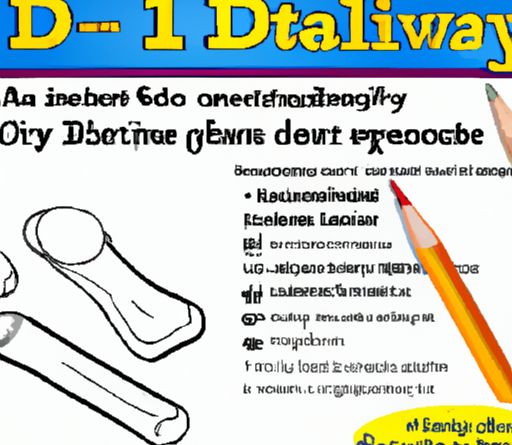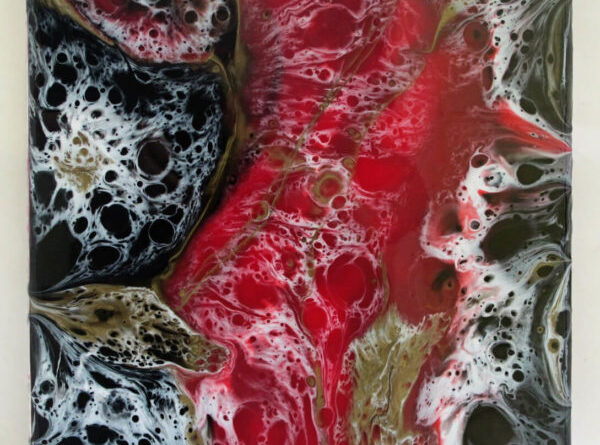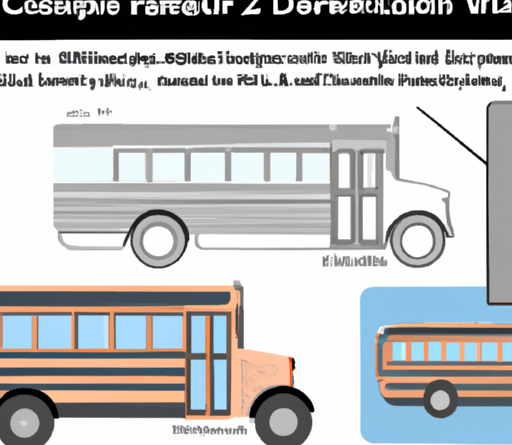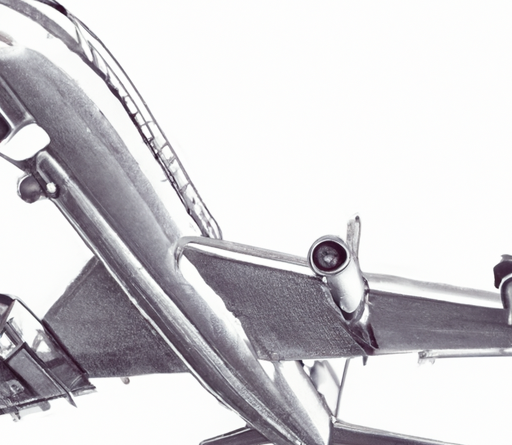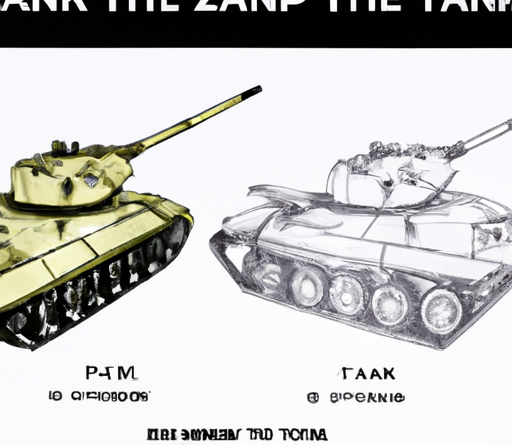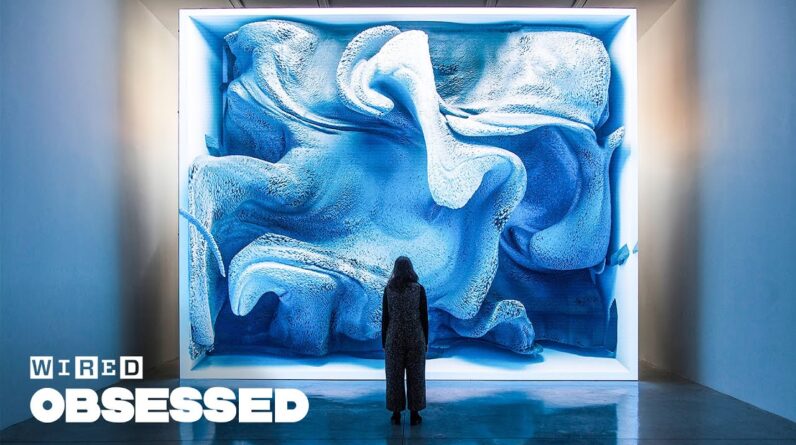
In this article, you will learn how to create stunning art using AI. You might think that creating art requires natural talent and years of practice, but with the help of AI, anyone can tap into their artistic side. Whether you’re a beginner or an experienced artist, you’ll discover exciting tools and techniques to bring your artistic visions to life, with the power of artificial intelligence.
To begin your artistic journey with AI, you need to familiarize yourself with the various AI art creation platforms available. These platforms utilize deep learning algorithms to generate unique and visually striking artwork. By understanding the capabilities of different AI art tools, you can choose the one that best suits your creative needs. Whether you’re interested in creating digital paintings, illustrations, or even abstract compositions, AI can provide you with a plethora of possibilities. So let’s get started and unleash your artistic potential with the help of AI!
Table of Contents
Introduction to AI in Art
Artificial Intelligence (AI) has revolutionized various industries, and the world of art is no exception. By combining the power of machine learning and neural networks, artists and enthusiasts alike have discovered new ways to create visually stunning and thought-provoking artworks. In this article, we will explore the intersection of AI and art, delve into various AI techniques used in art creation, discuss tools and software for AI art, and explore the ethical considerations and impacts of AI in the art world.
Understanding Artificial Intelligence (AI)
Before we dive into the specifics of creating art with AI, it’s important to have a basic understanding of what AI entails. In simple terms, AI refers to the development of computer systems that can perform tasks that would typically require human intelligence. These tasks can range from image recognition and natural language understanding to problem-solving and creative endeavors, such as art creation.
Exploring the Intersection of Art and AI
Art and AI may seem like an unlikely combination, but the intersection of these two fields has opened up a world of possibilities for artists. AI can be used as a tool to enhance creativity, inspire new ideas, and push artistic boundaries. Artists can now leverage AI algorithms and techniques to create unique artworks, explore new aesthetic possibilities, and expand their creative horizons.
AI Techniques in Art Creation
There are several AI techniques that are commonly used in art creation. Let’s explore some of the most prominent ones:
Generative Adversarial Networks (GANs)
One of the most popular AI techniques used in art creation is Generative Adversarial Networks (GANs). GANs consist of two neural networks: a generator network and a discriminator network. The generator network generates new art pieces, while the discriminator network tries to distinguish between the generated art and real art. Through iterative training, GANs can generate incredibly realistic and unique artworks.
Machine Learning Algorithms
Machine learning algorithms play a crucial role in AI art creation. Artists can train these algorithms on large datasets of images, allowing the algorithms to learn patterns, styles, and techniques from existing artworks. With this knowledge, the algorithms can then generate new artworks based on the learned patterns and styles, resulting in novel and visually captivating pieces.
Neural Style Transfer
Neural Style Transfer is another exciting AI technique in art creation. It involves combining the content of one image with the style of another image, resulting in a unique artwork that blends both content and style elements. Neural networks analyze the style and content of the input images, and then apply the style to the content, creating a visually striking fusion.
Deep Dream
Deep Dream is a technique that utilizes deep neural networks to generate dream-like and surreal images. By feeding images into a pre-trained neural network and optimizing the network’s activations, artists can produce intricate and imaginative artworks. Deep Dream has gained popularity for its ability to create visually captivating and abstract pieces.
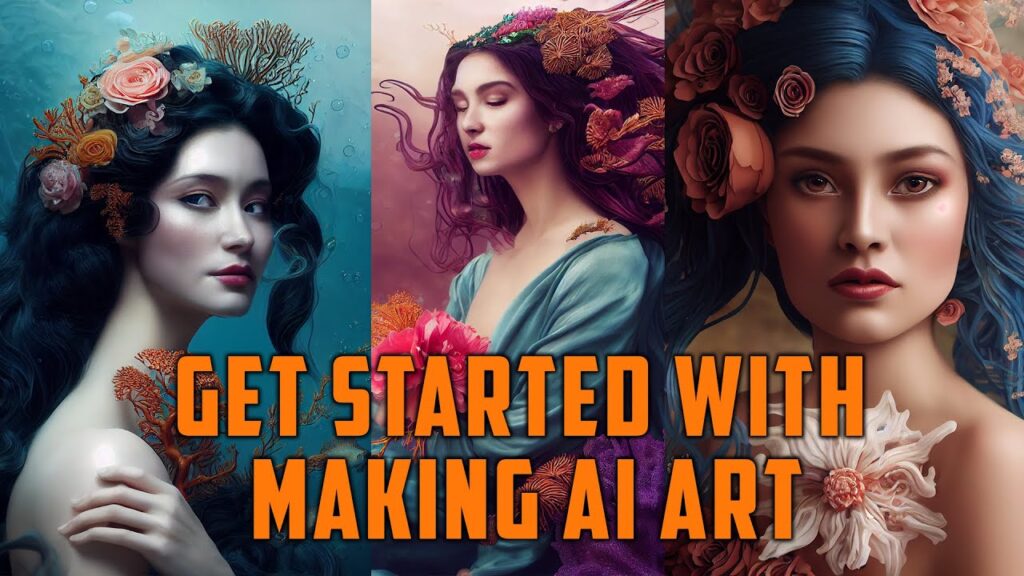
Tools and Software for AI Art
To create art with AI, artists can take advantage of various tools and software specifically designed for AI art creation. Here are some of the popular options:
Popular AI Art Platforms
There are several AI art platforms available that provide artists with pre-trained models, datasets, and AI art generation capabilities. Platforms such as DeepArt, RunwayML, and ArtBreeder offer user-friendly interfaces that allow artists to experiment with AI algorithms and produce stunning artworks.
Specialized AI Art Software
In addition to AI art platforms, there are also specialized software applications dedicated to AI art creation. Programs like Adobe Photoshop, Corel Painter, and GIMP provide artists with powerful tools and features to merge AI techniques with traditional art practices, enabling them to create unique and visually captivating artworks.
Open-source AI Art Tools
For artists interested in delving deeper into the technical aspects of AI art creation, open-source tools and libraries are available. Frameworks like TensorFlow, PyTorch, and OpenCV provide a wide range of AI algorithms and tools that artists can experiment with, allowing for flexibility and customization in the art creation process.
Collecting and Preparing Data for AI Art
Data collection and preparation are crucial steps in creating AI art. High-quality and diverse datasets are essential for training AI algorithms to generate meaningful and visually appealing artworks. Here are some considerations when collecting and preparing data:
Selecting the Right Datasets
Choosing the right datasets is essential to ensure that the AI algorithm learns from a diverse range of artistic styles and techniques. Artists can gather datasets from various sources, such as online art repositories, personal art collections, or even their own creations. The datasets should cover a wide range of artistic expressions to enable the algorithm to generate diverse and unique artworks.
Cleaning and Organizing Data
Before training AI models, it is important to clean and organize the collected data. This involves removing any irrelevant or duplicate images, labeling the data, and categorizing it into different art styles or genres. Organizing the data in this manner allows the AI model to learn specific styles or techniques and generate art that aligns with the desired aesthetic goals.
Annotating Data for Training
Annotating the collected data with relevant metadata, such as artist names, dates, or art movements, can provide additional context to the AI model during the training process. This metadata can help the model understand the historical and artistic significance of the artworks and generate art that reflects specific periods or artists’ styles.
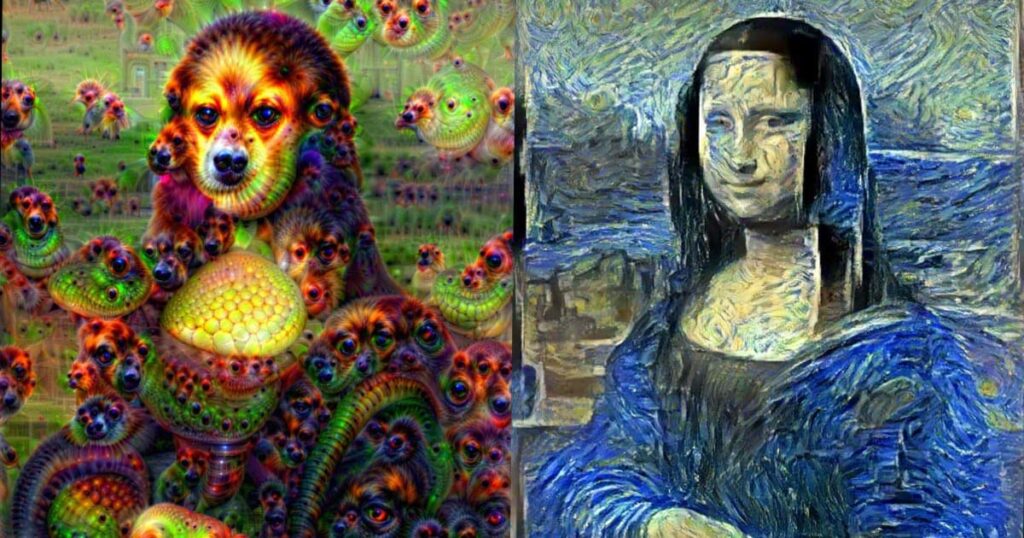
Training AI Models for Art Creation
Once the data is collected and prepared, the next step is to train AI models to generate art. Here are some considerations when training AI models:
Choosing the Right Model Architecture
The choice of model architecture depends on the desired output and artistic goals. Different architectures, such as convolutional neural networks (CNNs), recurrent neural networks (RNNs), or generative adversarial networks (GANs), have different strengths and capabilities. Artists should choose a model architecture that aligns with their creative vision and desired art style.
Training Parameters and Techniques
During the training process, artists need to fine-tune various parameters, such as learning rate, batch size, and number of epochs, to optimize the AI model’s performance. Experimenting with different training techniques, such as data augmentation or transfer learning, can also enhance the model’s ability to generate high-quality art.
Evaluating Model Performance
Evaluating the performance of AI models is crucial to ensure that the generated art meets the desired artistic goals. Artists can use different metrics, such as visual quality, creativity, or adherence to specific styles or themes, to assess the model’s performance. Iterative evaluation and refinement are essential to achieve the desired artistic output.
Generating AI Artwork
Once the AI model is trained, artists can start generating AI artwork. Here are the steps involved in the process:
Defining Artistic Goals
Before generating AI artwork, artists should clearly define their artistic goals and intentions. This includes deciding on the desired art style, theme, or aesthetic, and considering any specific constraints or preferences. Defining these goals provides direction to the AI model and helps guide the art generation process.
Setting Input Parameters
Artists can modify certain input parameters, such as noise vectors or style weights, to influence the AI model’s output. By adjusting these parameters, artists can experiment with different variations and explore a wide range of artistic possibilities. This allows for artistic expression and personalization in the generated artworks.
Running the AI Art Generation Process
Once the input parameters are set, artists can run the AI art generation process. The AI model takes the input parameters and generates unique and original artworks based on the training it received. Artists can experiment with different input parameters and iterate on the generation process to obtain the desired results.
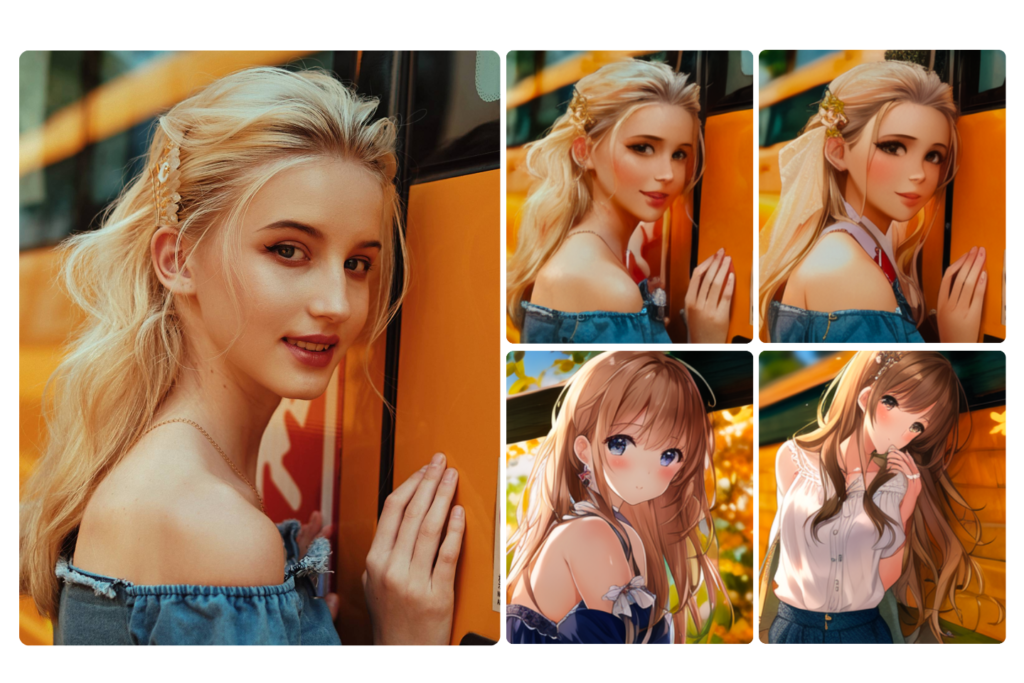
Evaluating and Refining AI Art
After generating AI artwork, it is important to critically assess and refine the results. Here are some considerations for evaluating and refining AI art:
Critically Assessing Generated Artwork
Artists should evaluate the generated AI artwork based on their artistic goals and intentions. They can assess factors like visual appeal, originality, coherence, and adherence to the desired aesthetic. Critical assessment provides valuable feedback and helps artists identify areas for improvement or refinement.
Iterative Refinement with Human Input
While AI algorithms can generate impressive and visually appealing art, human input is crucial in the iterative refinement process. Artists can interact with the AI-generated artwork, provide feedback, and make modifications to further enhance the artistic quality. The collaborative process between AI and human input leads to the creation of truly unique and meaningful art.
Ethical Considerations in AI Art
As AI becomes deeply integrated into the art creation process, ethical considerations become crucial. Here are some important ethical considerations in AI art:
Ownership and Copyright
AI-generated artworks raise questions about ownership and copyright. Determining who holds the rights to AI-generated art, the artist or the AI algorithm, is a complex issue. Artists and AI enthusiasts should navigate this territory carefully and ensure that ethical and legal issues surrounding ownership and copyright are addressed.
Bias and Representation
AI algorithms are trained on existing datasets, which may contain biases or representations that perpetuate societal prejudices. Artists should be aware of these biases and strive for inclusivity and diversity in their AI-generated art. Careful attention should be given to training data to avoid the replication of unfair biases in AI-generated artworks.
Responsibility and Accountability
As creators of AI-generated art, artists have a responsibility to understand the implications of their work. They should consider the potential impacts on society, address ethical concerns, and be transparent about the AI techniques and processes used. Artists should actively engage in discussions and collaborations to ensure responsible and accountable AI art practices.
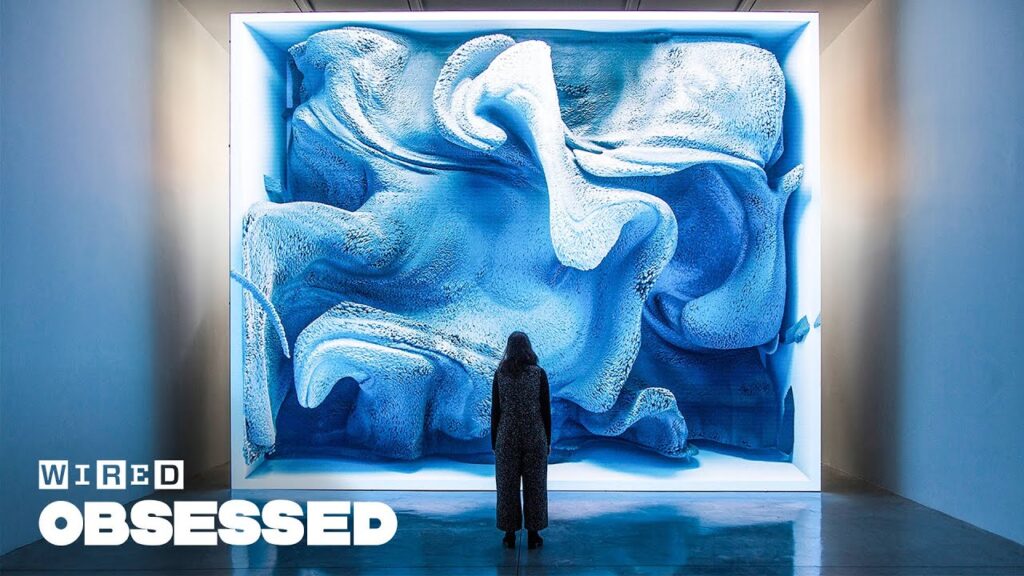
Applications and Impacts of AI Art
The advent of AI art has had significant applications and impacts on the art world. Here are some notable examples:
Influence on Traditional Art Forms
AI art has influenced traditional art forms by introducing new tools, techniques, and creative possibilities. Artists can use AI algorithms to augment their artistic processes, explore innovative styles, and collaborate with AI systems to produce artworks that push the boundaries of traditional art forms.
Exploring New Aesthetic Possibilities
AI art has also opened up new aesthetic possibilities by generating completely novel and unique art styles. With AI algorithms, artists can venture into unexplored artistic territories, blending different styles and genres to create visually captivating and thought-provoking artworks that challenge conventional norms.
Challenges and Opportunities for Artists
AI art presents both challenges and opportunities for artists. The integration of AI into the art creation process requires artists to acquire new technical skills and adapt to evolving technologies. However, it also opens up opportunities for exploration, experimentation, and collaboration, enabling artists to create artworks that were previously unimaginable.
Conclusion
Artificial Intelligence (AI) has become a powerful tool for artists, allowing them to create art that pushes the boundaries of traditional artistic practices. By embracing the collaborative potential of AI and exploring its techniques and tools, artists can create unique and visually captivating artworks that inspire and provoke thought. As AI continues to evolve, it is essential for artists to navigate the ethical considerations and be mindful of the impact their AI-generated art has on society. With the continued development and integration of AI in the art world, the relationship between human creativity and machine intelligence will continue to evolve, shaping the future of art.



